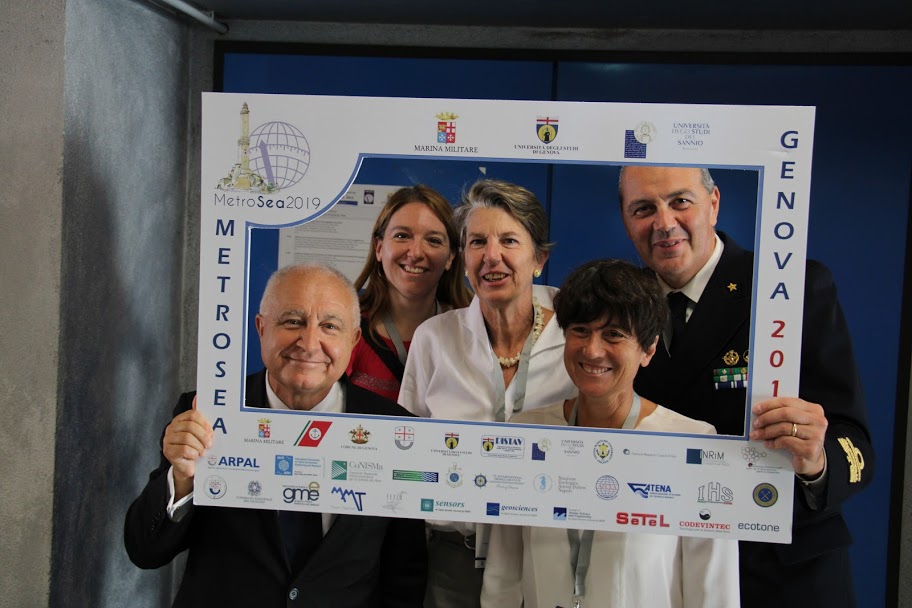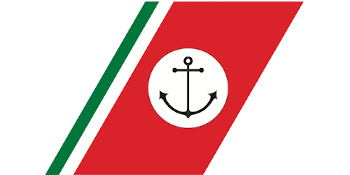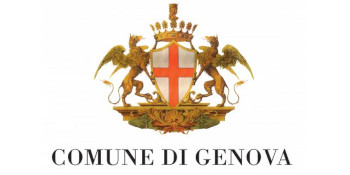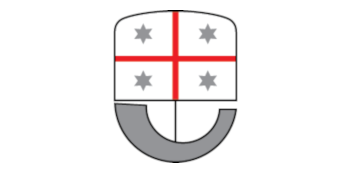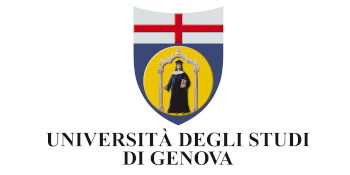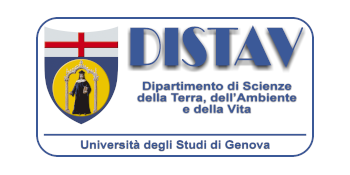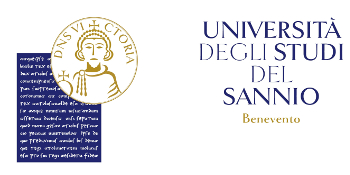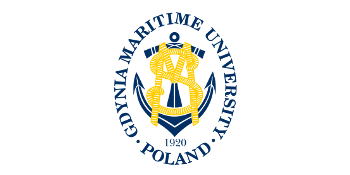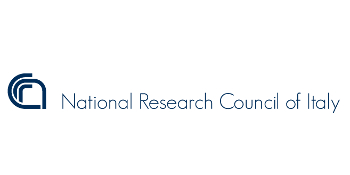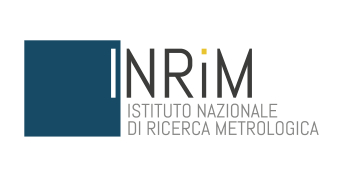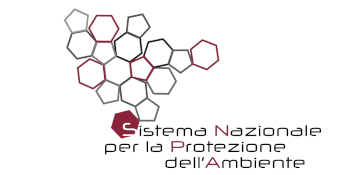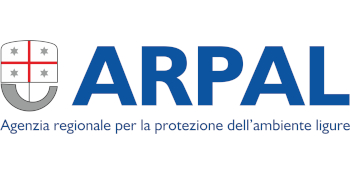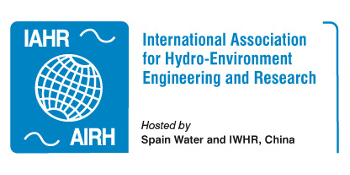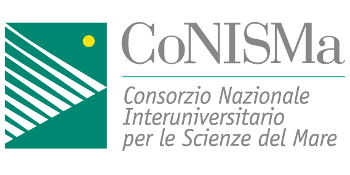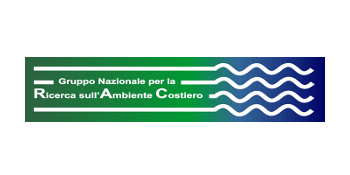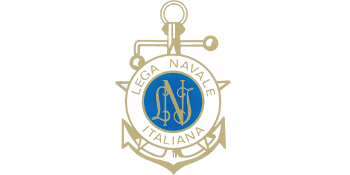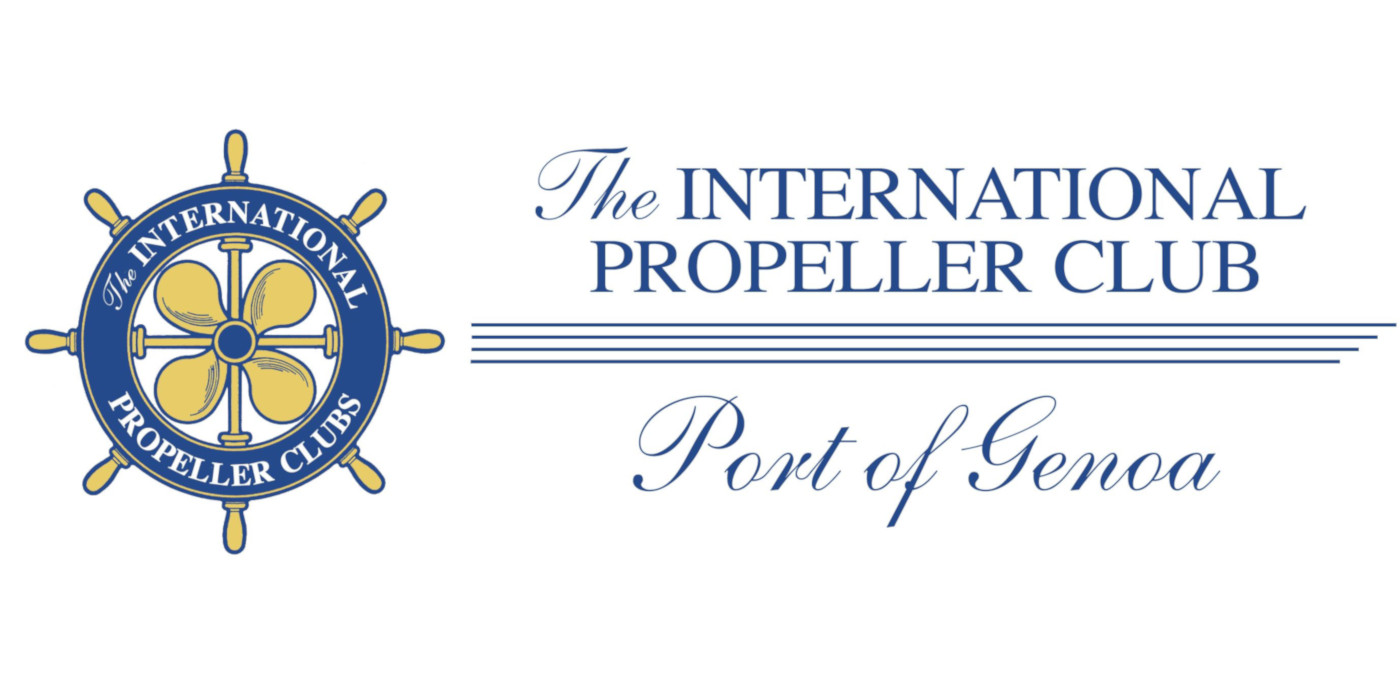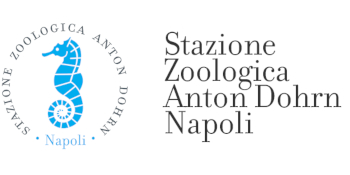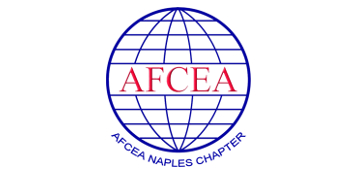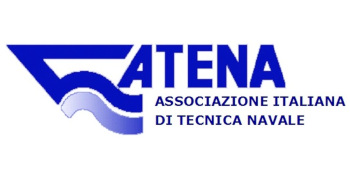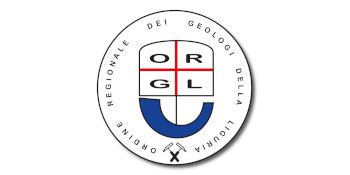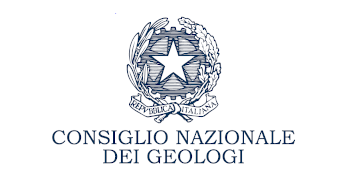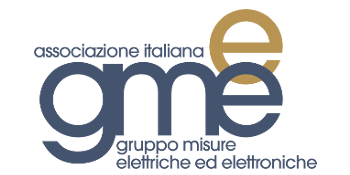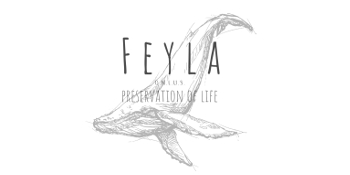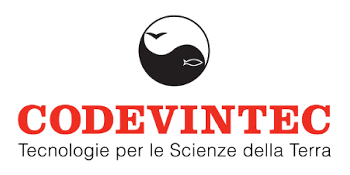Genoa is one of these fascinating Italian cities that remain off the tourist radar: world famous as the birth place of Christopher Columbus, yet relatively unknown to the millions of tourists who visit Italy every year.
Dubbed La Superba by Petrarca, Genoa was one of Italy’s two largest maritime republics (together with Venice) that enjoyed enormous power and prestige as early as the Middle Ages. Multi-faceted and in perpetual mutation, the city ranges from the most luxurious aristocratic palaces in the Strade Nuove district – admired even by Rubens who wanted to apply some of the concepts to Antwerp -, to the Kasbah-like, narrow streets (caruggi) in the historic center.
The “Vertical Town” – forced to “climb up” the Sarzano hill as it extended from the sea -, is a surprising and startling city, where you enter in some buildings from the top floor, move around town using lifts, and where even the corridors inside the homes can be sloped and winding. There is also a unique church built above shops, an unusual elevator, the only one in the world that moves first horizontally then vertically and impressive fortified walls, the longest defensive city walls in Italy. Not to mention the pesto, focaccia, freshest fish and delicious confectionery.
THE STRADE NUOVE
The Strade Nuove were one of the first examples of an urban development project in Europe that was carried out with a specific purpose, namely that of developing a system designed to offer accommodation to illustrious guests and noblemen on state visits in the city. The system was known as that of the Palazzi dei Rolli, after the lists or rolls on which these aristocratic residences, which had the privilege of hosting important visitors, were included. The residences were organized into three levels (bussoli) representing the luxury, size and beauty of the palaces and the importance and dignity of the guests.
Palazzi dei Rolli
THE GOLDEN GALLERY
Golden Gallery
At number 4 in Via Garibaldi, you’ll find Palazzo Tobia Pallavicino-Carrega Cataldi, seat of the present Chamber of Commerce. The palace was built between 1558 and 1561 for Tobia Pallavicino, one of the wealthiest and most influential Genovese nobleman of that time.
At the first floor of the Chamber of Commerce is a magnificent meeting room, known as the Galleria Dorata (Golden Gallery), all covered with frescoes and gilded decorations. Designed by Lorenzo de Ferrari (1680-1744), the room is not only his last and most important task, but also one of the most refined examples of Genovese rococo. Just enter the palace and kindly ask (best in the afternoon) if you can visit the “Galleria Dorata”.
THE CENTRO STORICO AND THE MURA
The historic center is a maze of narrow streets (caruggi), beautiful squares and ancient historic shops, worth exploring.
The caruggi is a typical Ligurian term that refers to the quaint, narrow and shady streets in the historic center of Genoa. The term probably derives from the word carriaggi, from the French charriage (goods transported by cart), maybe to designate the backstreets where goods were being transported and downloaded using carts. They can be indicated as “vico”, more rarely as “vicolo”, but sometimes also as “via” or even “piazza” (even if a very small one).
The "Caruggi" of Genoa
THE DUOMO AND PIAZZA SAN LORENZO
Genoa Cathedral (San Lorenzo)
The magnificent, black and white striped Church of San Lorenzo became Genoa’s cathedral in 985. It was preferred over San Siro, the first cathedral of Genoa, which was located outside the Carolingian walls and therefore considered unsafe. Moving the cathedral was an important decision, which transferred the main center of the town to Piazza San Lorenzo. At that time, the original Piazza San Lorenzo was much smaller than today. The surrounding buildings were subsequently demolished in the 17th century to enlarge the piazza and make the cathedral seem even more impressive.
THE BARBAROSSA WALLS
The next city walls, known as the Barbarossa walls, were erected between 1155 and 1163, to defend the city against Federico Barbarossa, German King, King of Italy and Holy Roman Emperor. It contained a greatly expanded area as compared to the previous walls: 55 hectares instead of the original 22. The walls had three main gates with high semicircular towers, two of which survived to these days, Porta Soprana (the main entrance to the city) and Porta dei Vacca.
Today it is possible to walk partly along or on top of the remains of the Barbarossa walls, which were once concealed by the buildings that enclosed them.
Porta Soprana (the main entrance to the city) and Porta dei Vacca.
CHRISTOPHER COLUMBUS’ HOUSE
Piazza de Ferrari
The tiny Casa di Cristoforo Colombo, located at the foot of Porta Soprana, is (supposedly) where the famous explorer Christopher Columbus spent his childhood. He lived here from the age of 4 to 19, when his father was the guardian of the Porta Soprana between 1455 and 1470. The house was rebuilt many times, the current version dating back to the 18th century, but the lay-out and and size have kept close to how it probably looked like at that time.
On your way to Christopher Columbus’ house, don’t miss Piazza de Ferrari with the Palazzo della Borsa (1907-1912), the Teatro Carlo Felice, the Accademia Ligustica di Belle Arti, the Palazzo of Regione Liguria and the Palazzo della Borsa.
TREKKING IN THE CITY AND SPIANATA CASTELLETTO
The Spianata Castelletto offers one of the most scenic views over the city. Either take the public lift from Piazza Portello to the Belvedere Luigi Montaldo, or, for the most courageous among you, you may also choose to walk up the hill (about 30 min).
Beautiful to trek through is also the Parco delle Mura, which can be explored on foot or by bike within a wonderful natural reserve. Various trails connect the forts that were part of the 14th century and the New Walls. The latter were built along the ridge of the hills around the city and stretch from the Forte Tenaglia, Forte Sperone and Forte Diamante in the west to Forte di San Martino and Forte San Giuliano in the east, just to name a few.
"Parco delle Mura: Forte Diamante"
THE PORTO VECCHIO, LANTERNA AND AQUARIUM
The "Lanterna" of Genoa
The Porto Vecchio is the curve that stretches from the Molo Vecchio (Old Wharf) to the Lanterna, the 76m hight lighthouse and emblem of Genoa.
Genoa’s lighthouse and emblem, the Lanterna, is visible to all those who put in at the port, from whatever direction. It was last rebuilt in 1543. Walk up the 375 steps to admire the beautiful panoramic view from its terrace. Also located in the Porto Antico is the Genoa Aquarium (Acquario di Genova). Opened in 1992, it is Europe’s largest marine attraction hosting 800 different species and more than 10,000 marine creatures. At the moment of its opening it was the second largest aquarium in the world. A complete visit takes about 2 hours 30.
BOCCADASSE
For beautiful scenic photos, head to the picturesque old fishing district of Genoa. With its colorful houses, pebble beach and colorful boats, Boccadasse, offers a beautiful backdrop for your photos. You can reach the narrow bay of Boccadasse following Corso Italia from the center.
"Boccadasse" and "Corso Italia"














